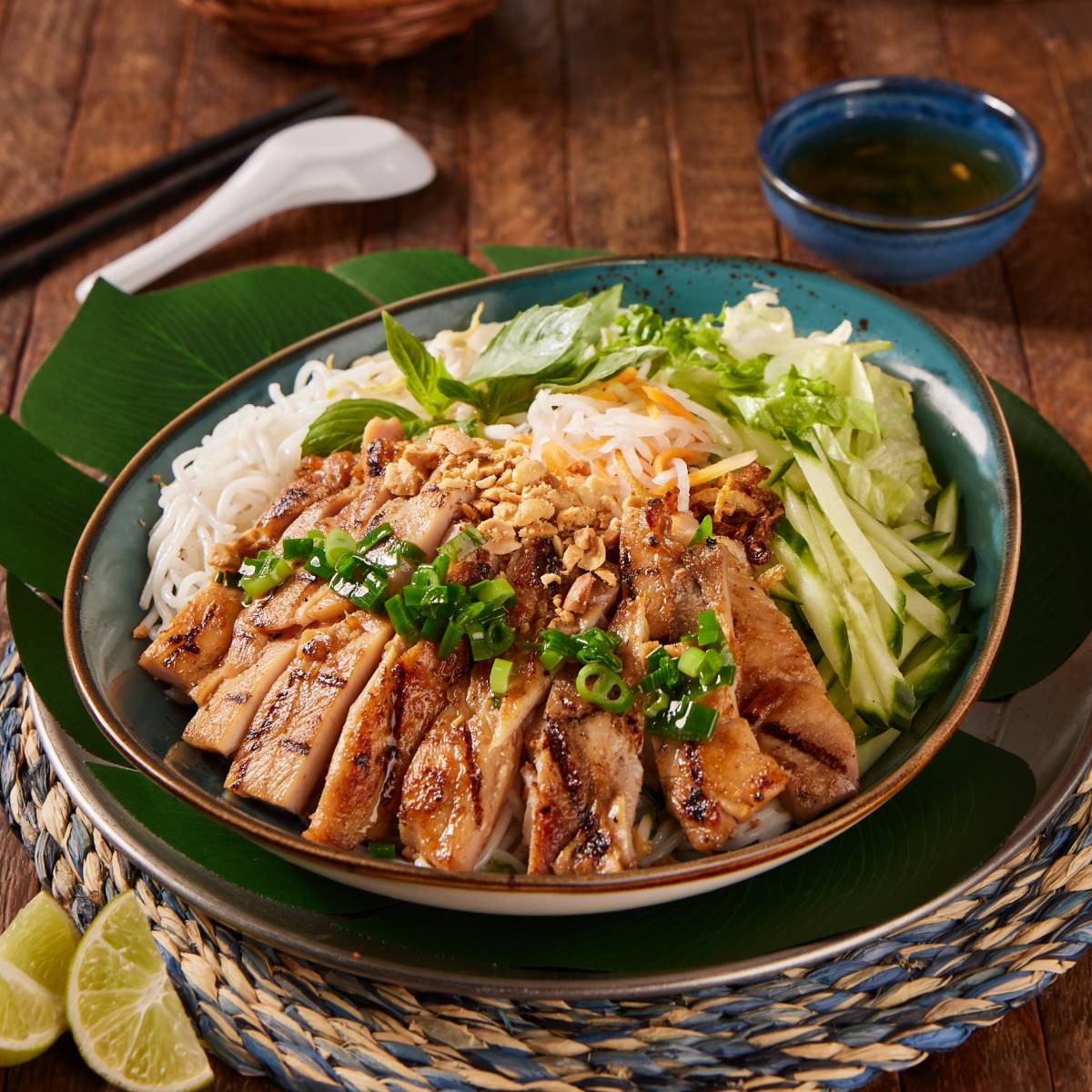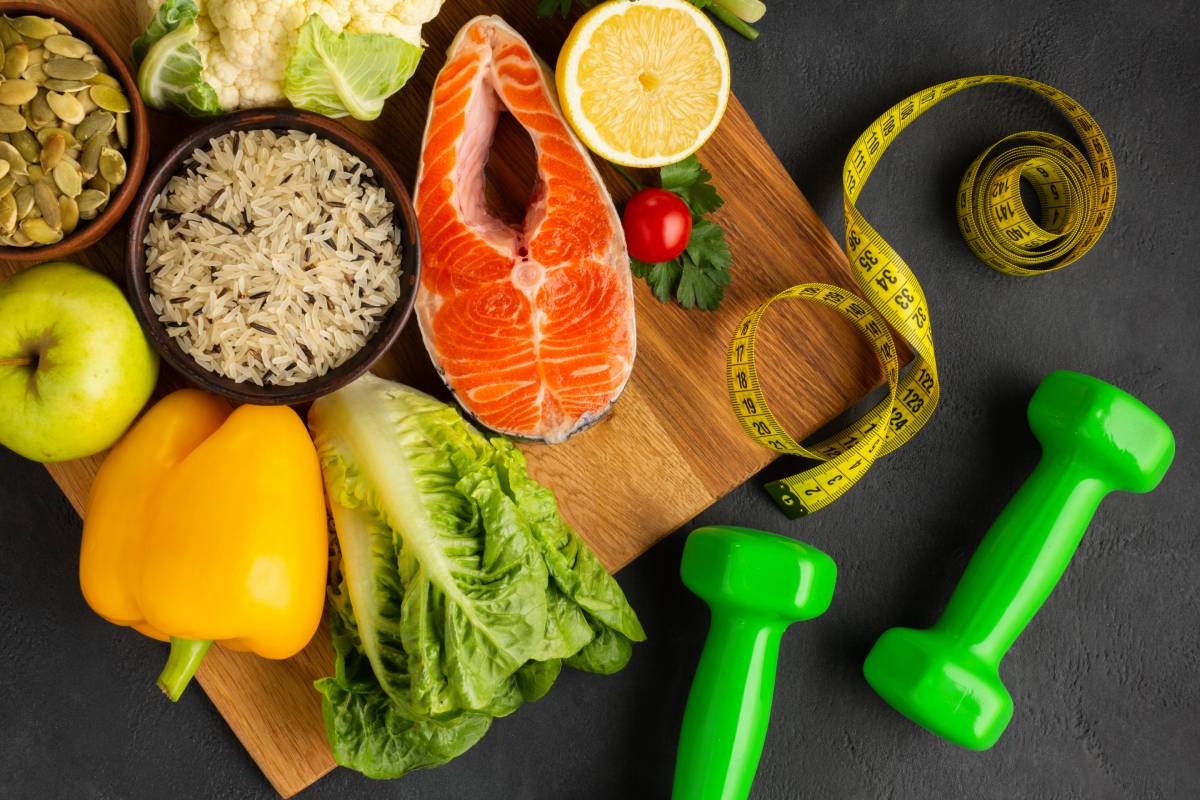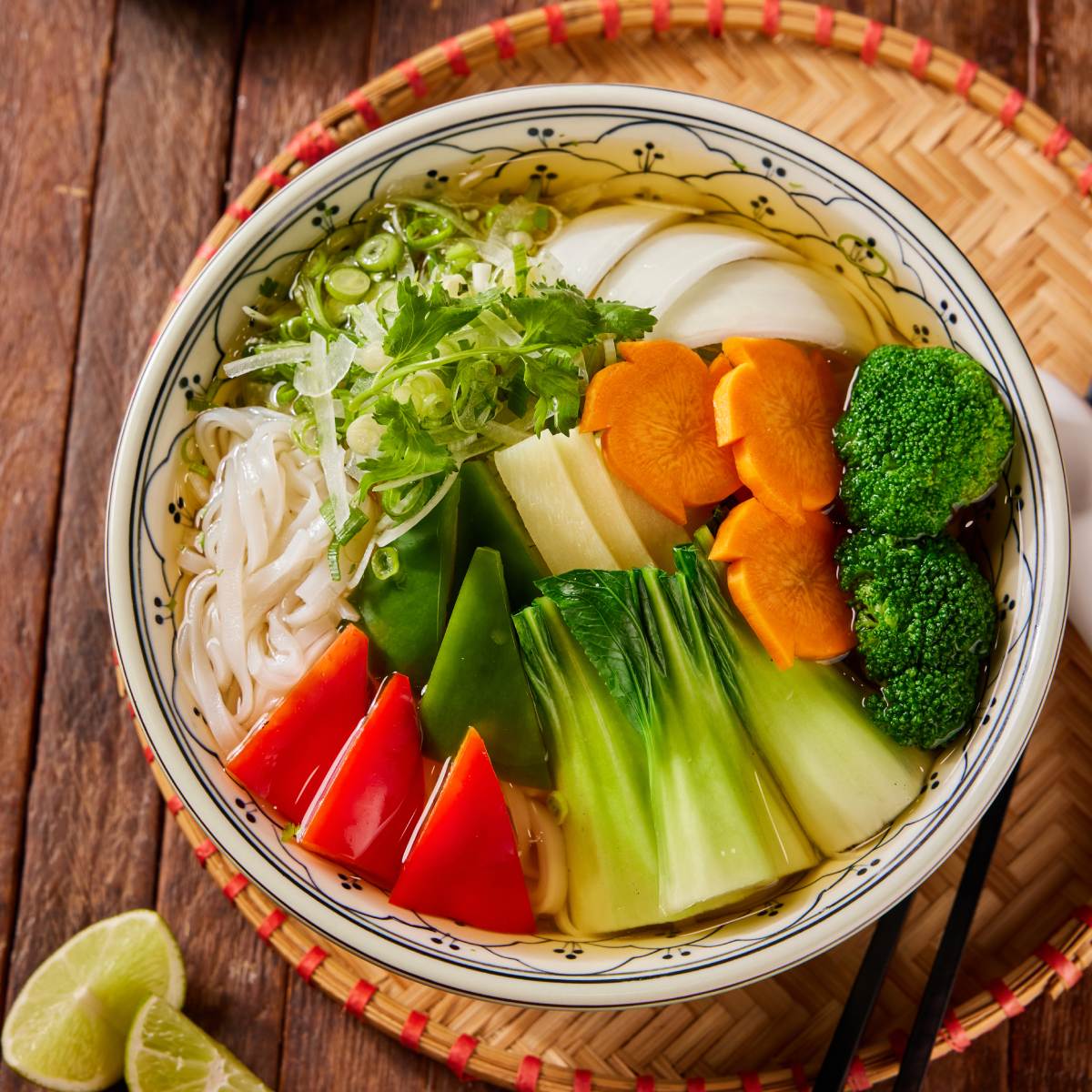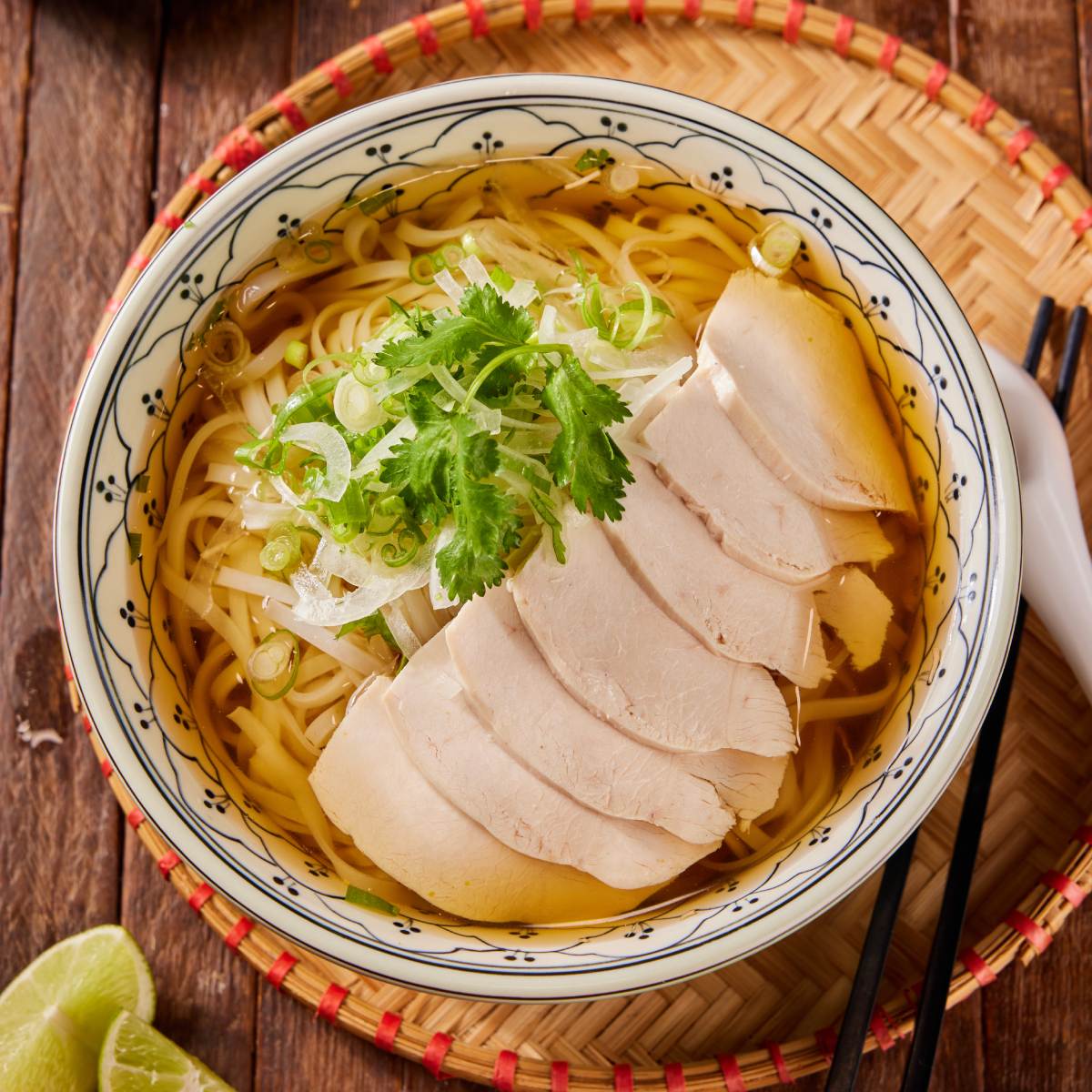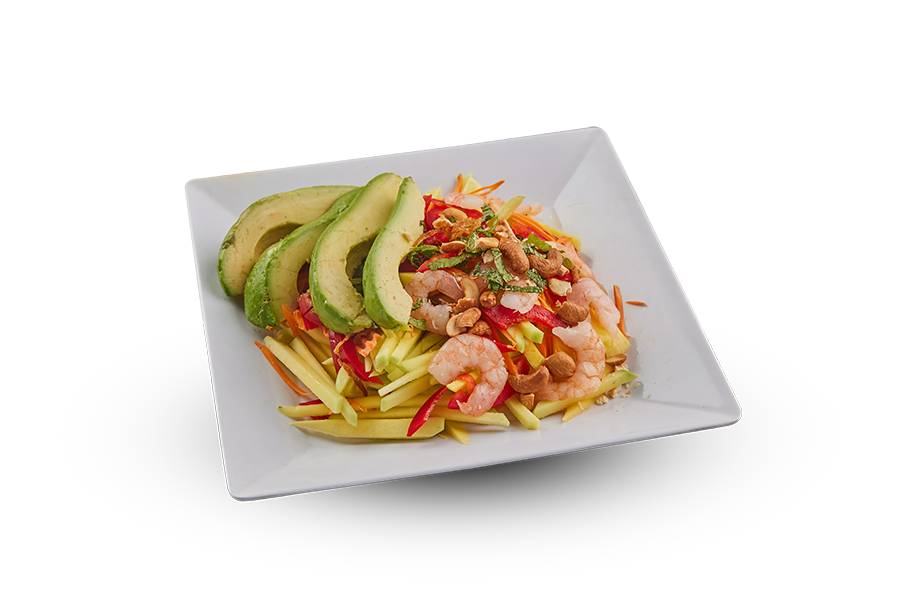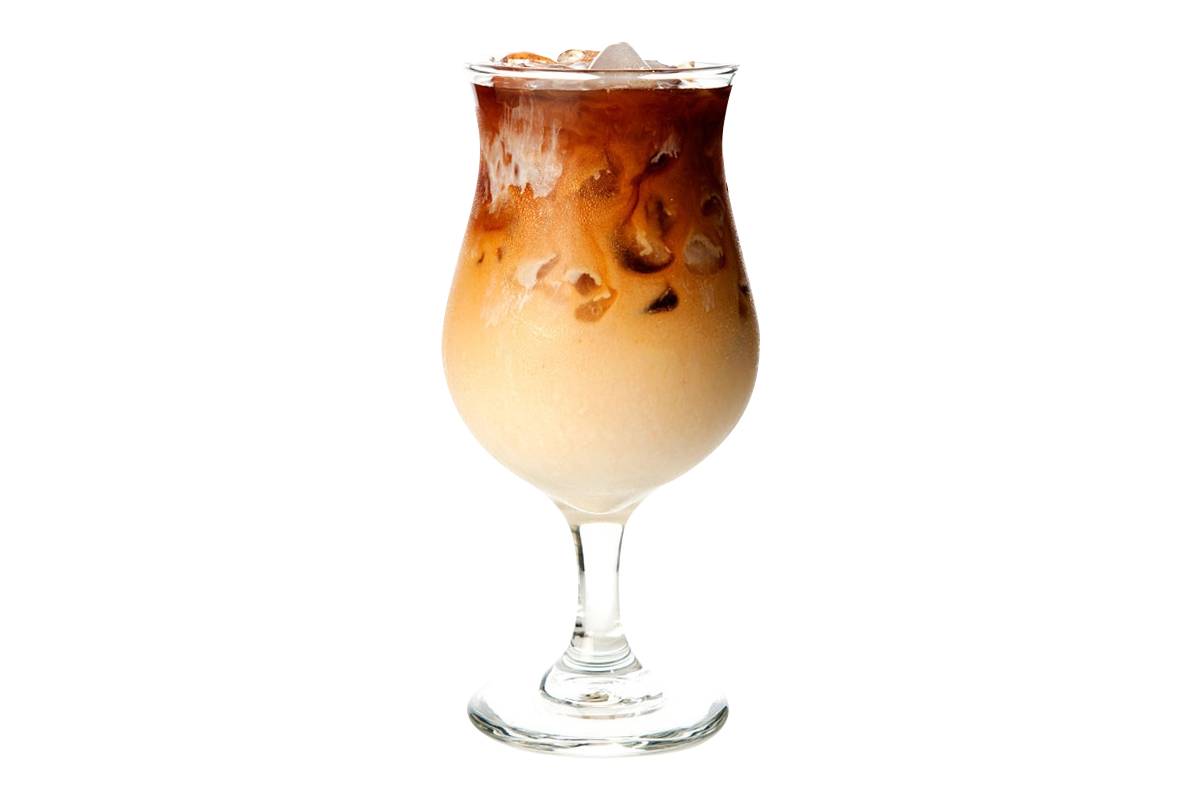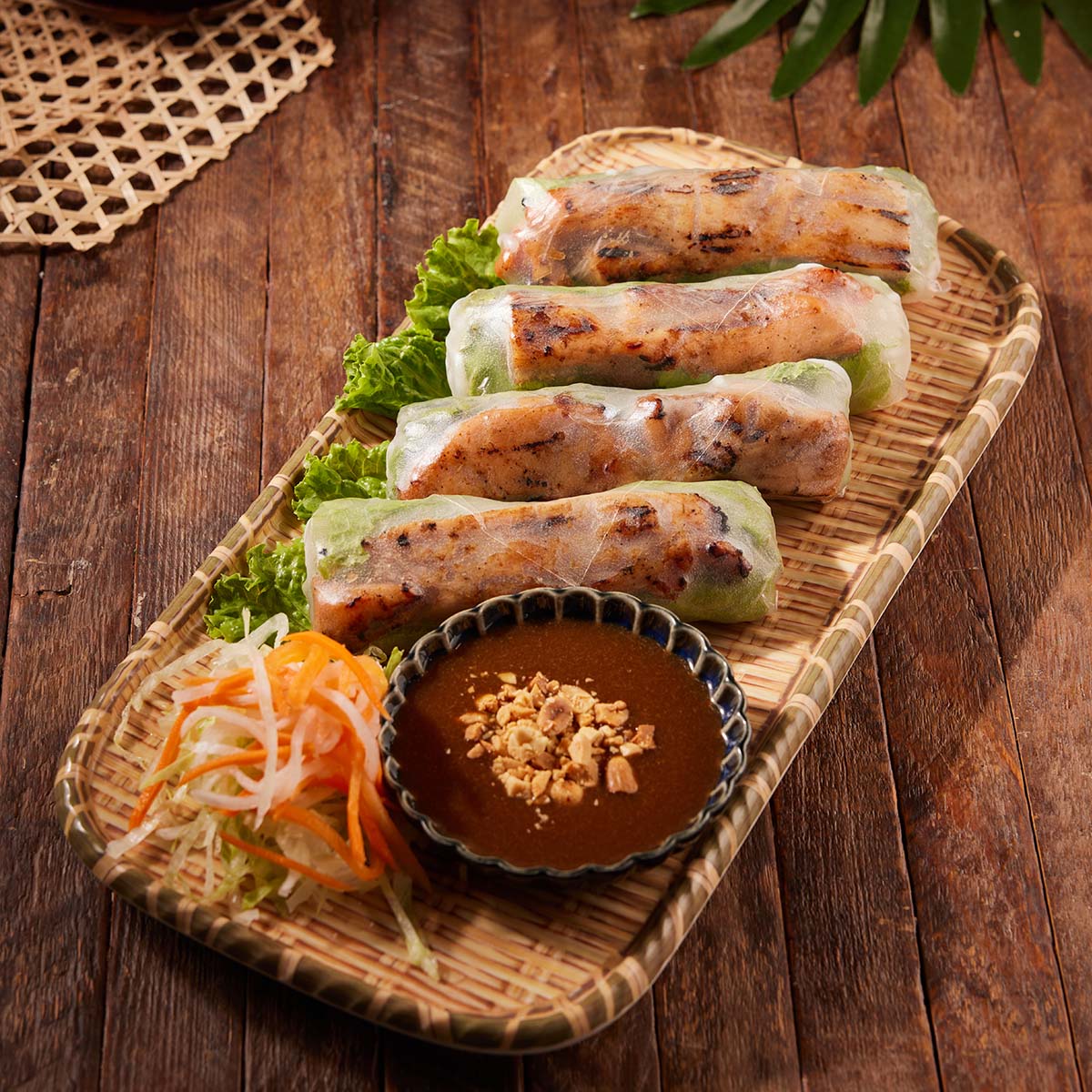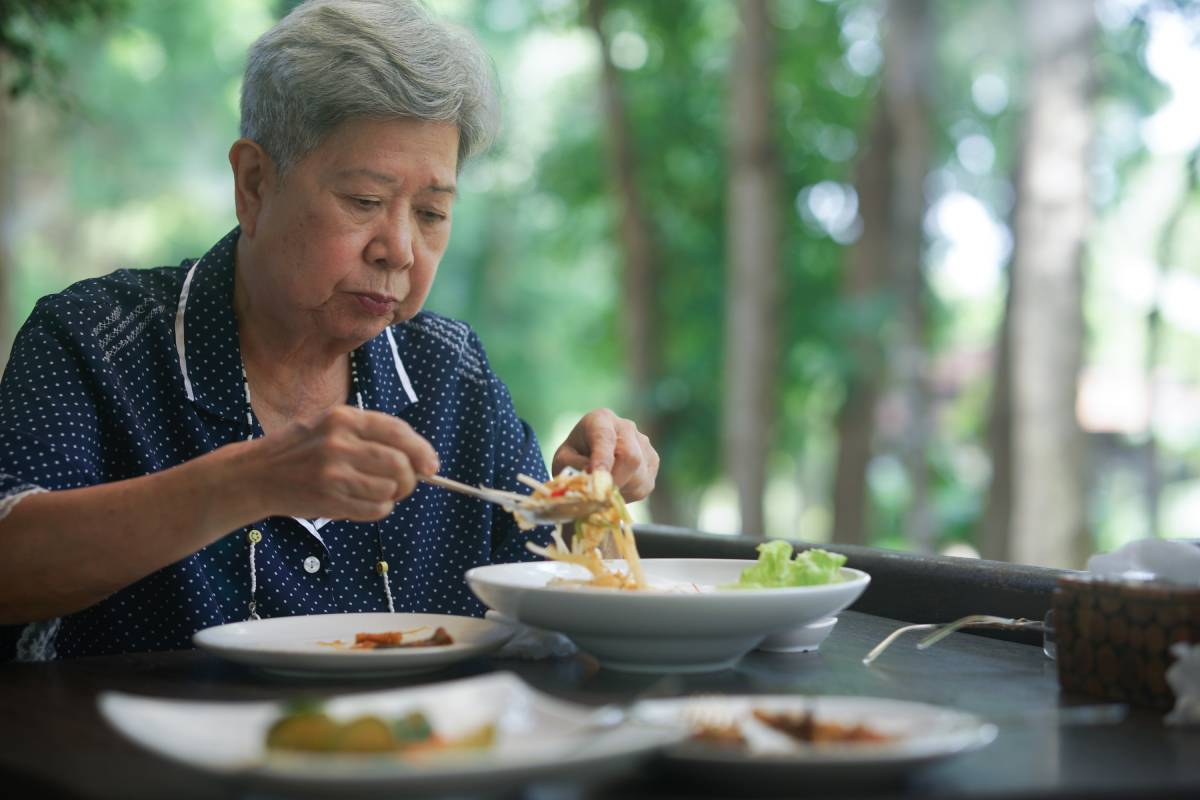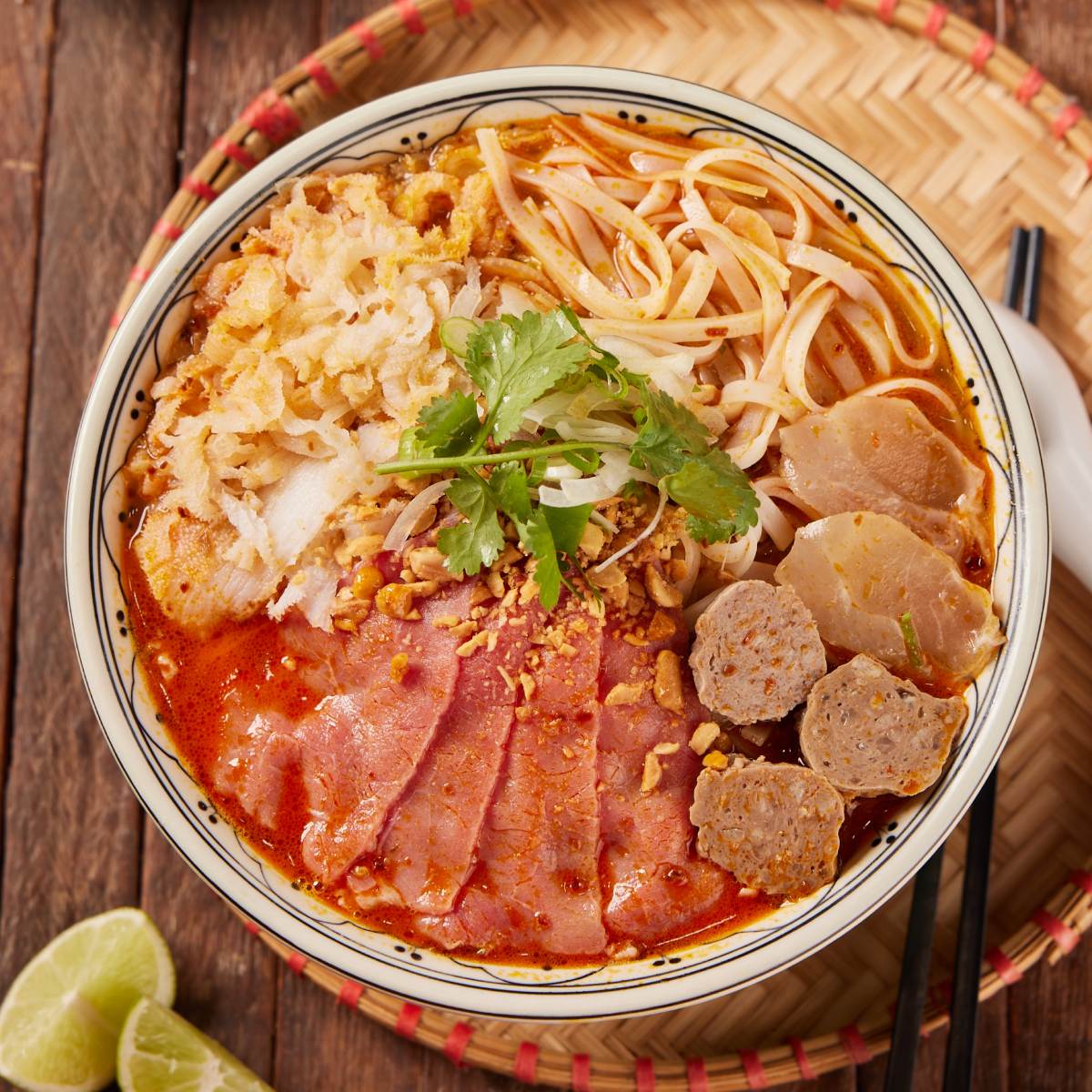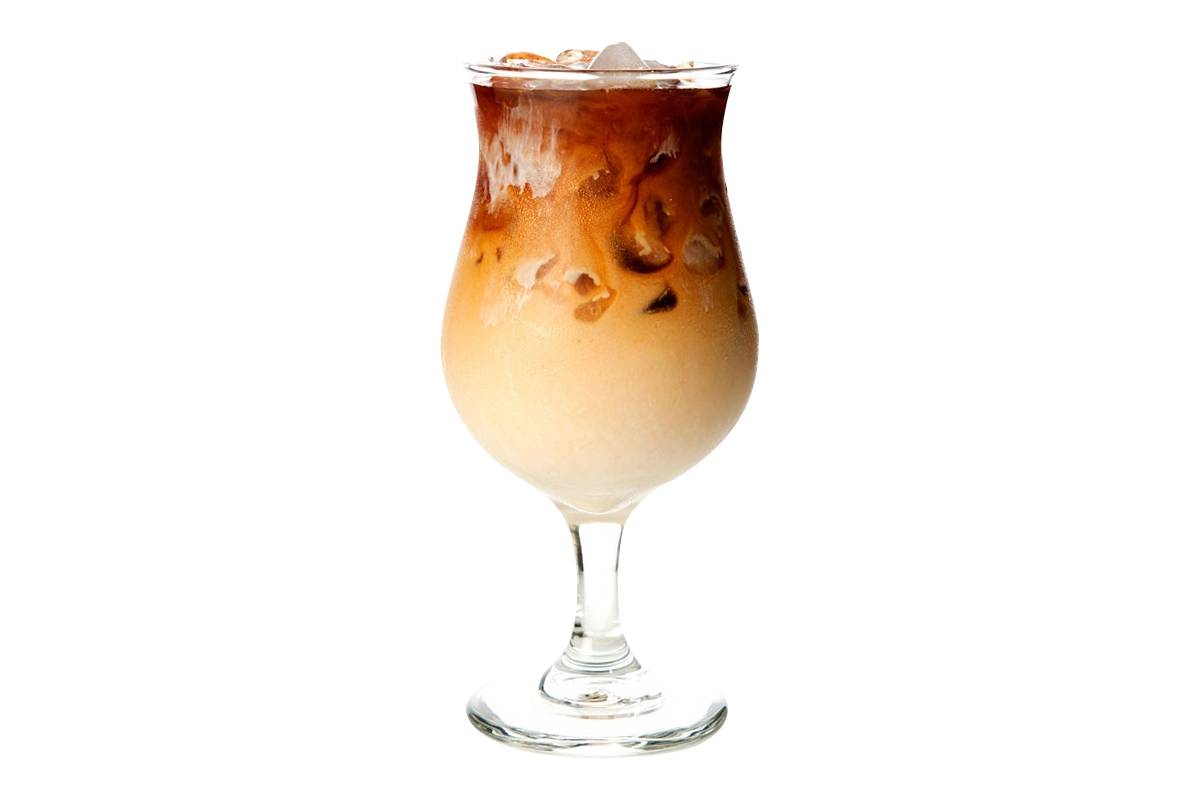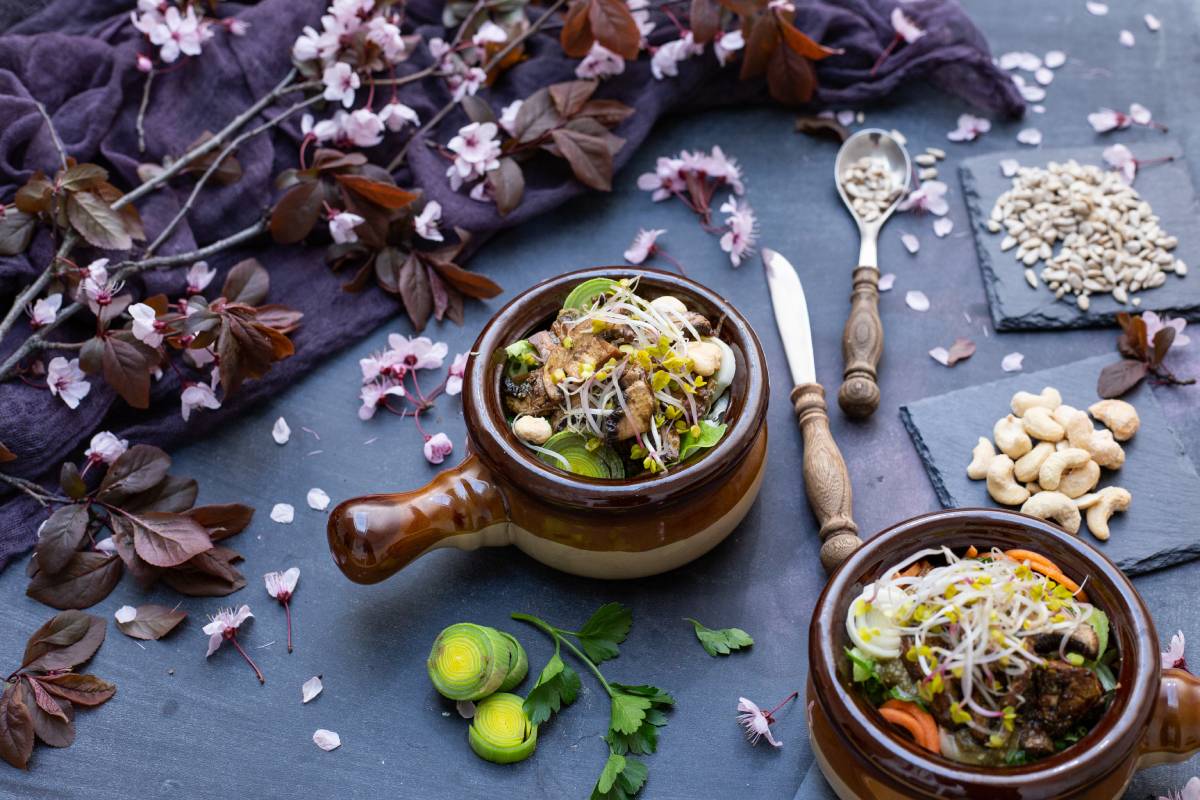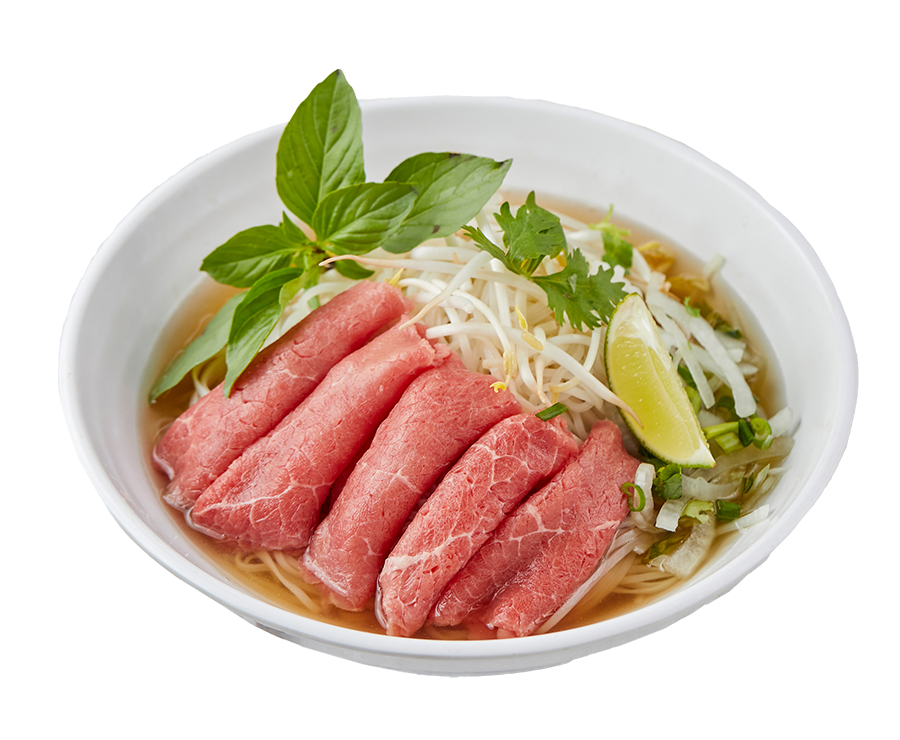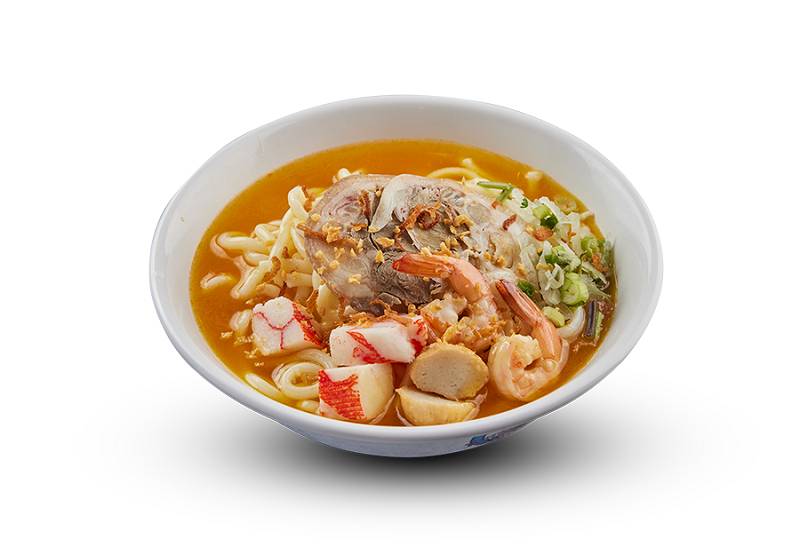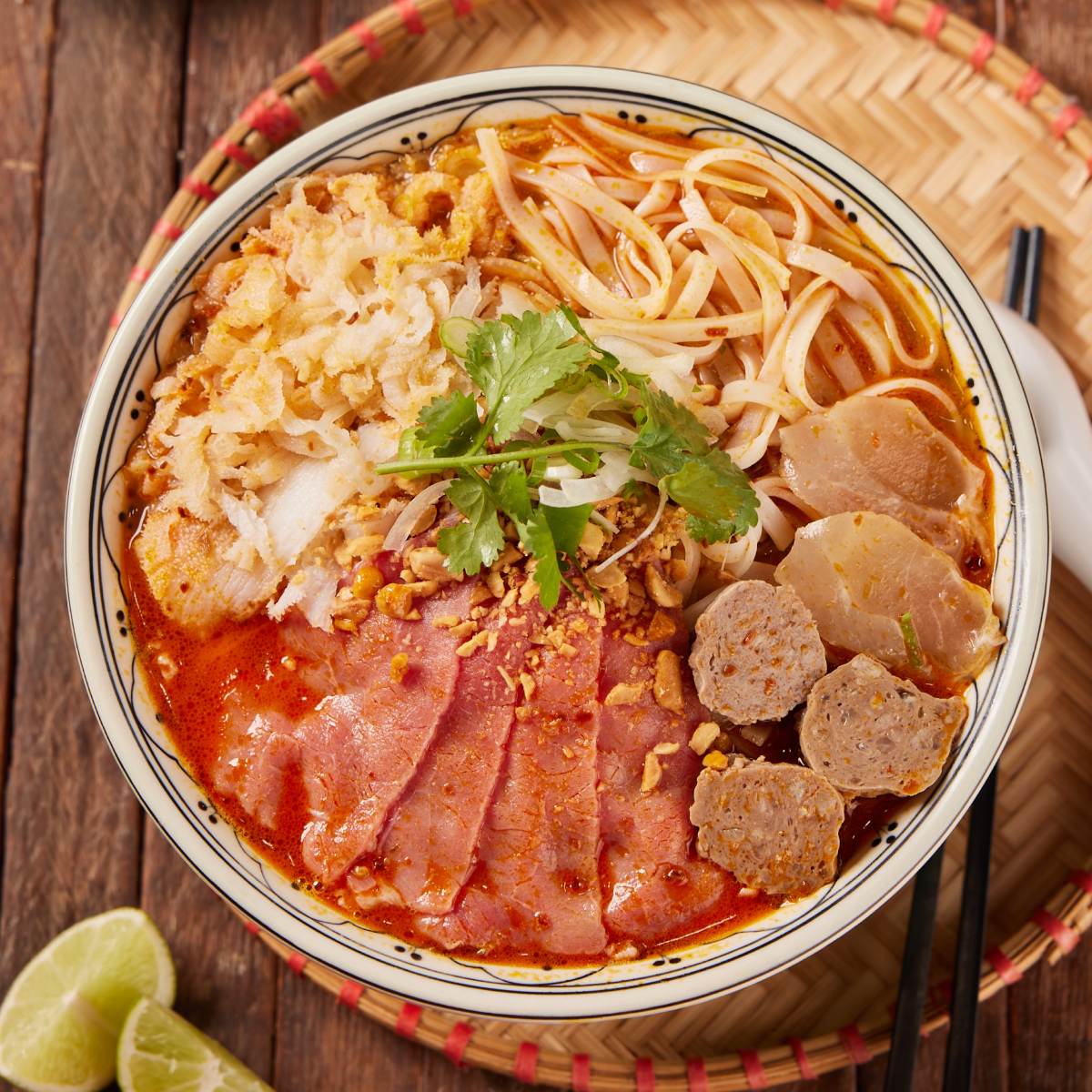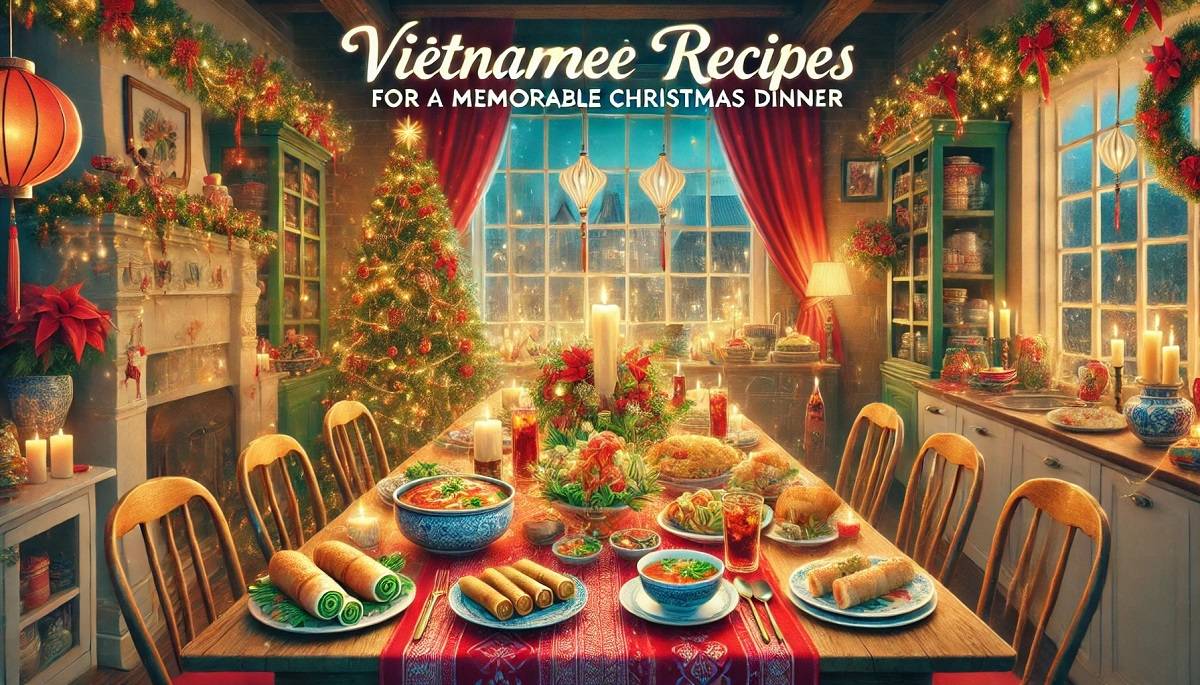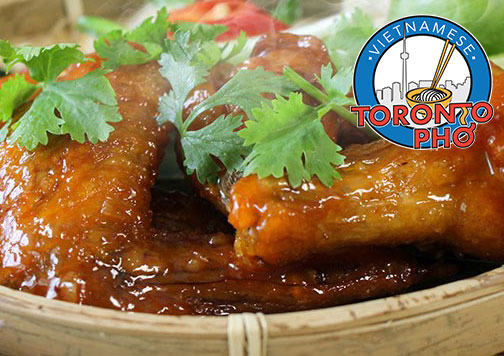
Fish sauce in Vietnam is a familiar dipping sauce. To get Vietnamese cuisine right, you need the right elements. Fish sauce is key to several dishes. It’s used almost everywhere in cooking in Vietnam. As a kid, you grow up with it having been made by your grandma or mother and don’t give much thought as to what it is or where it’s from. Obviously, these days, we know a little bit more about how fish sauce is made and how to customize the recipe.
There are all sorts of fish sauce uses in Vietnam, including with egg rolls, spring rolls, or summer rolls. Fish sauce is also used with banh hoi, banh cuoin, grilled meats, and fried fish, among other suppers and lunches. There’s a few things to remember about how fish sauce is put together. Water makes up more than half the volume so when assembling, the amount of fish sauce is double the amount of water more or less. After you have your water, there are different ways to put together your fish sauce if you’re making it from scratch.
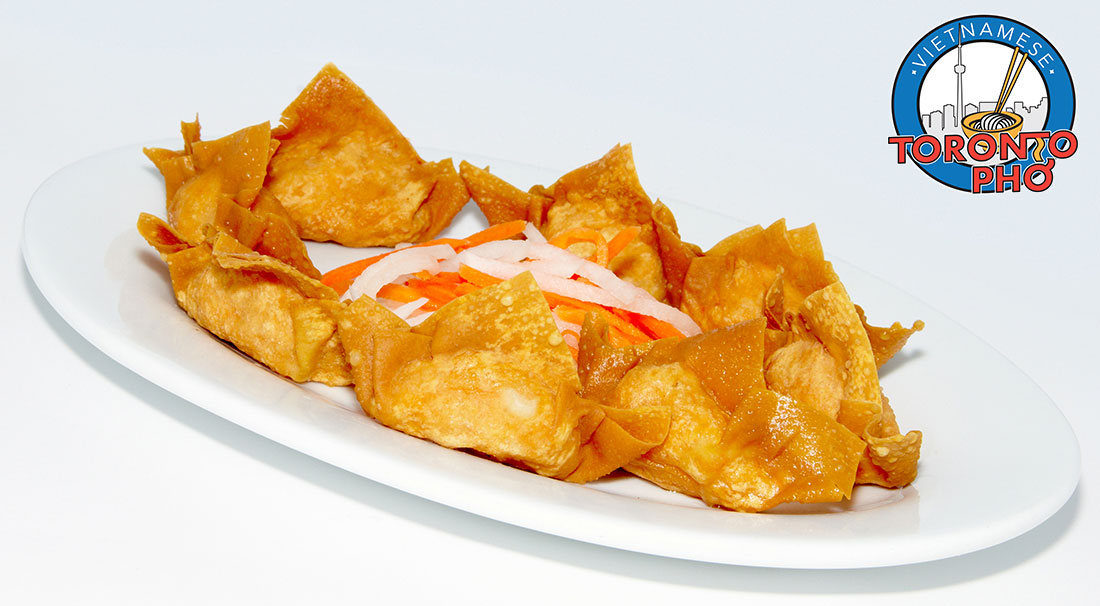
Wontons are a staple food at many different restaurants. These delicious morsels are prepared and enjoyed across several different Asian nations. Wontons are a type of dumpling that come with a variety of fillings. Unlike some other dumplings, wontons are traditionally prepared as a soup. While soup might be the most well-known way to serve wontons, many other methods are used. Deep fried wontons are a modern twist on these ancient classics. They offer a satisfying crunch and are a great finger food. These deep fried wontons have grown to become a favorite appetizer.
A wonton starts as a square wrapper. These wrappers are rolled out from a dough consisting of flour, egg, water, and salt. Filling is then added to the center of the wrapper. The corners of the wrapper are folded into the center to cover the filling and pressed shut. The edges of the wrapper are moistened beforehand to ensure they hold together when closed. Any air bubbles inside are pressed out in order to avoid the expanding air breaking the wonton during cooking. The completed wonton is then boiled, for soup, or deep fried to be enjoyed as is own dish.
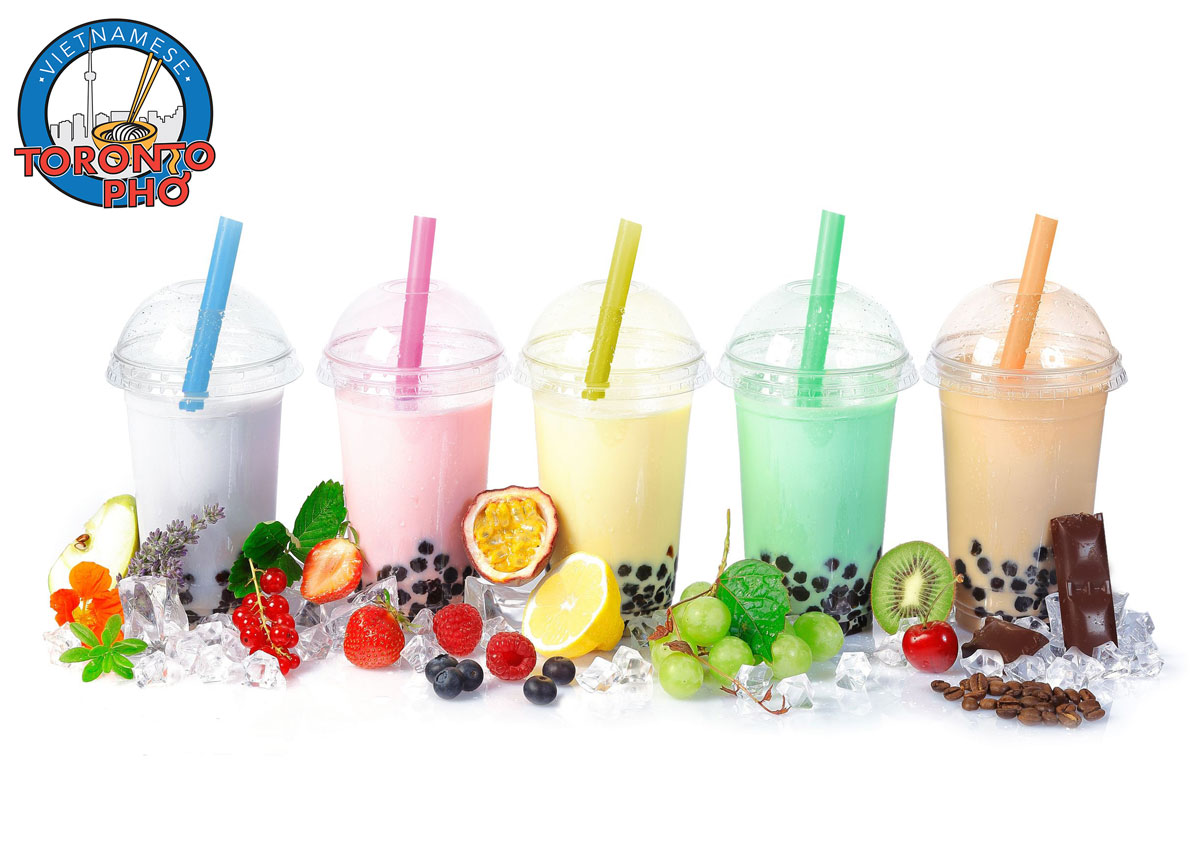
Bubble tea is a Taiwanese tea-based beverage that originally came to prominence in parts of Taiwan beginning in the 1980s. These days, it’s become a staple in Toronto Asian restaurants. Bubble tea is sometimes referred to as ‘pearl milk tea’, ‘bubble milk tea’, or as simply ‘boba’. Sitting in at Toronto Pho, there are 10 different types of bubble tea you can try any time!
Coconut bubble tea
Coconut bubble tea is a very basic boba that is an excellent starter beverage for Torontonians unfamiliar with the drink. It’s a combination of coconut, vanilla, and tapioca pearls. Mixed together, they make a classically delicious combination.
Honeydew bubble tea
Honeydew bubble tea is another classic boba, transporting you to Taiwan in a sip. Honeydew powder is typically used for this type of bubble tea, mixed with a small collection of ingredients such as sweetener, creamers, and others.
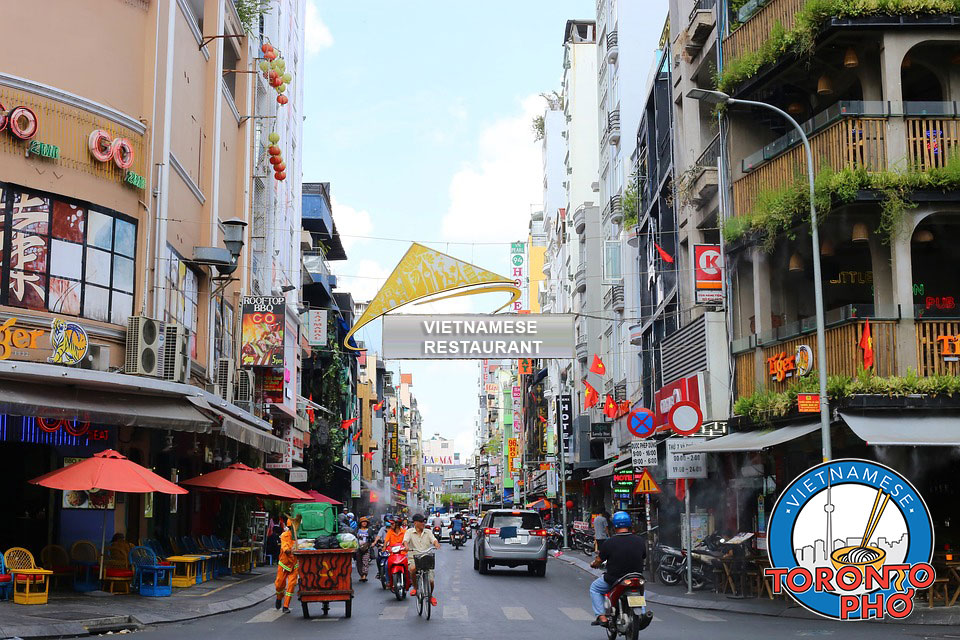
The international food scene’s brightest star is Vietnamese ethnic cuisine, healthy, flexible, and balanced. Vietnam food is well known for using less oil, less meat, and incorporating more vegetables.
Meals in Vietnam are influenced not only by its indigenous peoples but from Indian, Chinese, French, and American food. Today’s landscape of Vietnam restaurants is impressively diverse. Traditional meals like Vietnamese pho are served alongside American-influenced dishes. Here’s five of our favourite Vietnamese restaurants in Vietnam that continue to inspire here in Canada.
The Deck Saigon
The Deck Saigon is a romantic Vietnamese restaurant with a posh ambiance in an open-air environment near the Saigon River. Specializing in prepared pan-Asian fusion type dishes. The Deck Saigon brings together a wide array of influences into something try special for lunch and dinner. A la carte offerings like soft shell crab tempura, char-grilled shrimp, and rib eye stick are perfectly put together. The price isn’t cheap as a lot of the meat is imported. That said, it’s the best meats you’ll find in the town.
Read more: See the best Vietnamese Restaurants in Vietnam which Continue to Inspire Us
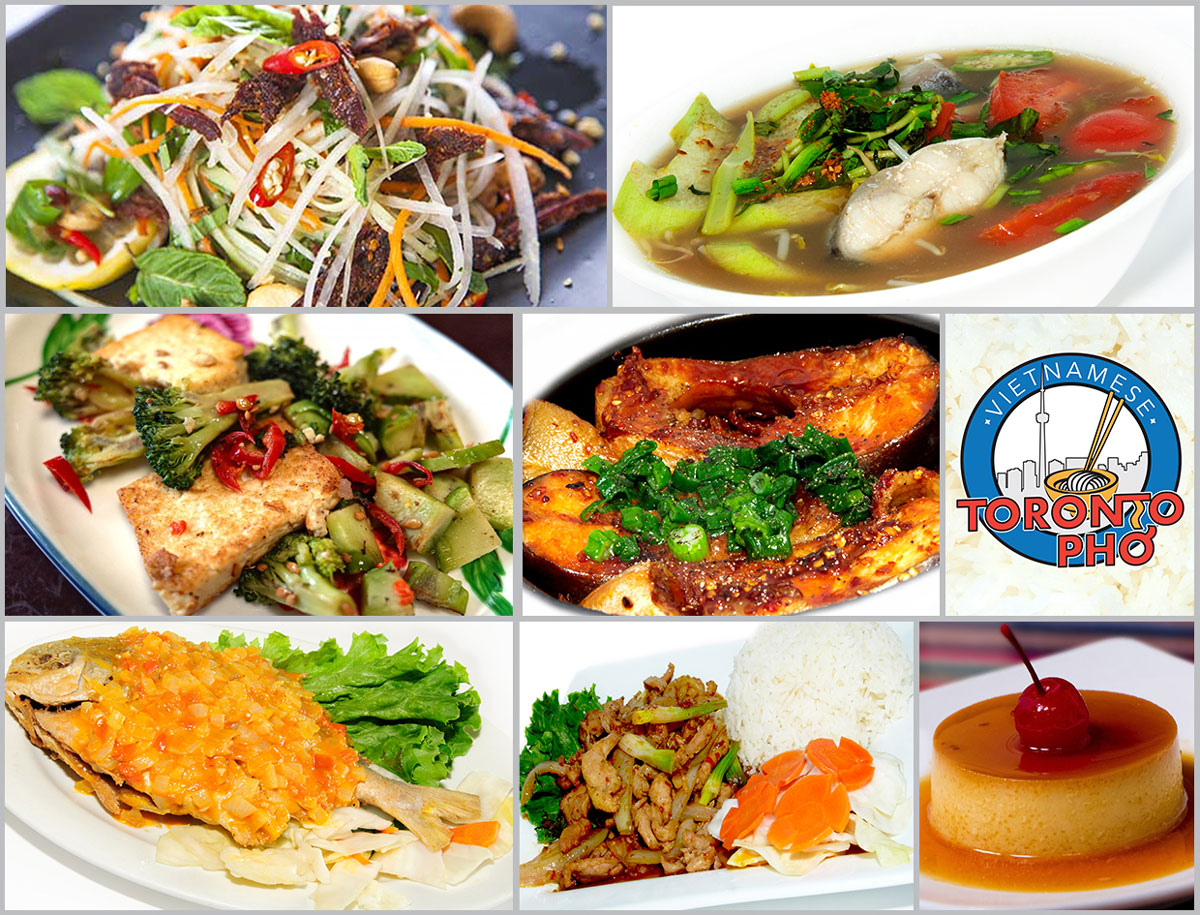
Have you ever had trouble ordering pho or pronouncing pho at a restaurant or during a meal – us too! Anyone can get overwhelmed with a Vietnamese-style menu. Pho is so customizable, preferences can sometimes lead to pho varieties Torontonians have never heard of before or don’t understand. Here’s a few quick tips on how to read a Vietnamese restaurant menu.
How to order pho in a restaurant like an expert
Looking at pho varieties, it’s common to say the name of the pho as ‘pho’ + the topping. For example, pho chi bo vien translates to ‘pho with cooked beef and meatballs’. Holy yum! If you want to impress your date, simply say ‘chi bo vien’ and if your server is Vietnamese, they will understand what you’re saying. If in doubt, point to the menu item as well to clarify.
How to pronounce ‘pho’ and other Vietnamese terms
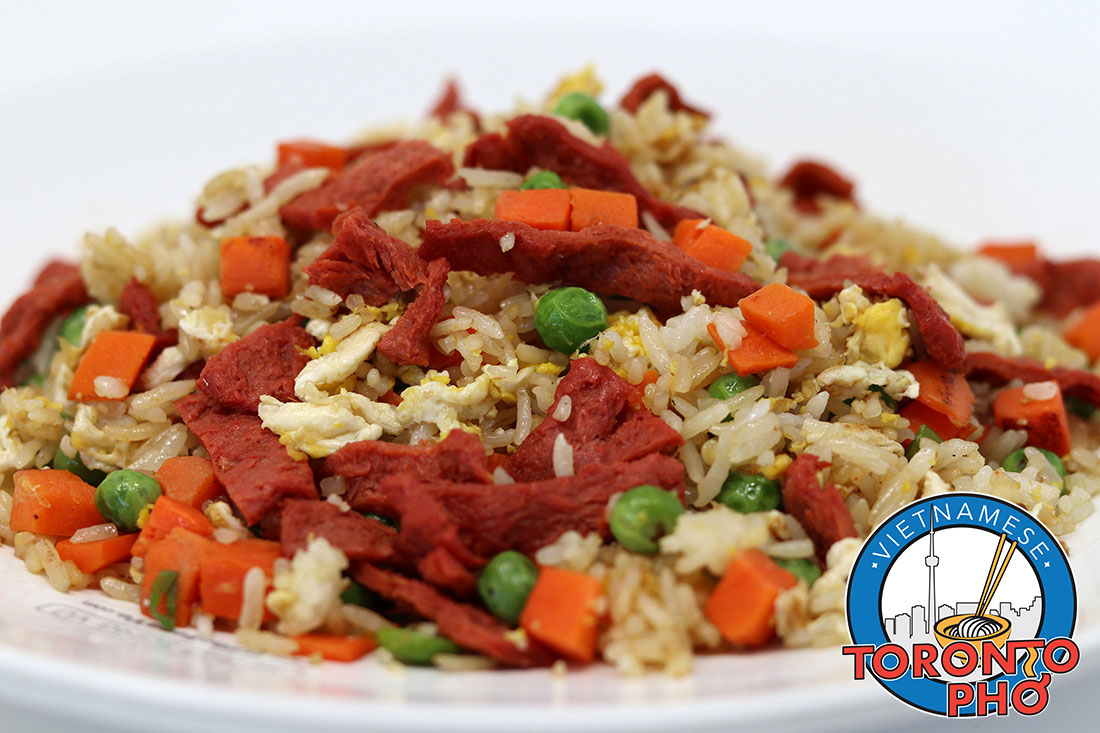
Vietnamese food is culled together from tasty, healthy ingredients. The meals themselves are balanced, versatile, and flexible enough to be made from general everyday North American ingredients from your local grocery store, if or when it’s necessary.
These days, Vietnamese food shopping in Toronto is easier than ever. Most mid-sized Toronto markets are stocked with Southeast Asian pantry must-haves, like rice noodles, soy sauce, fish sauce, and lemongrass. There’s also plenty of recipes online that share how to use these ingredients to form dishes that pull from the Buddhism-centric five-elements – sour, bitter, sweet, spicy, and salty.
In Toronto, there are a lot of ways to cook Vietnamese food at home. For example, while a Vietnamese family might simmer bones to form a broth over the course of an entire day, you can use a pressure cooker to do the same in two hours. There are plenty of hacks or replacement ingredients which can be used to make more or less the same food you know and love from Vietnam.
Read more: How to Cook Vietnamese Food at Home with Ingredients from your Local Grocery Store
More Articles ...
Page 45 of 54

